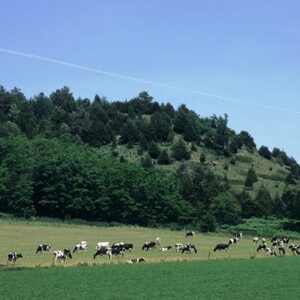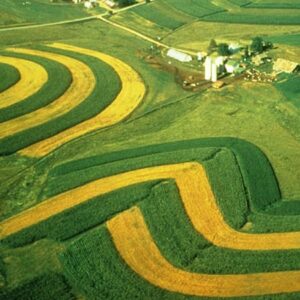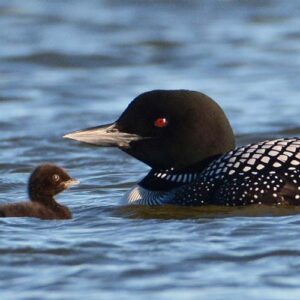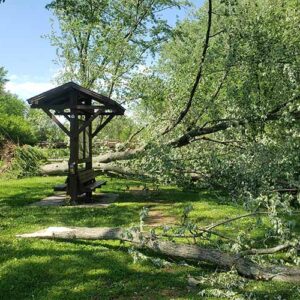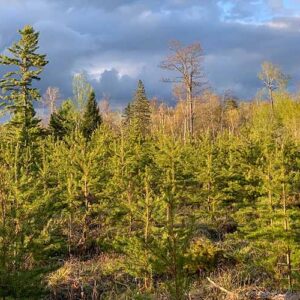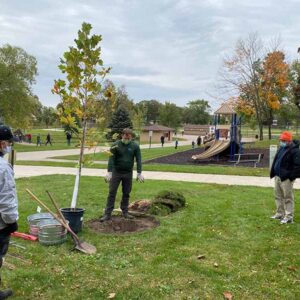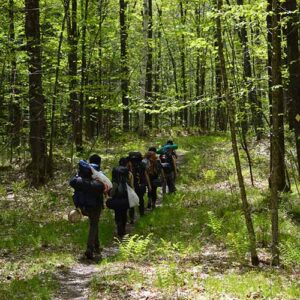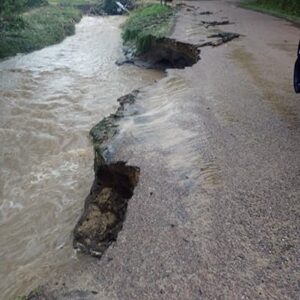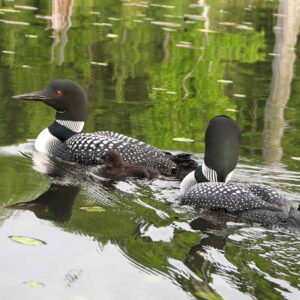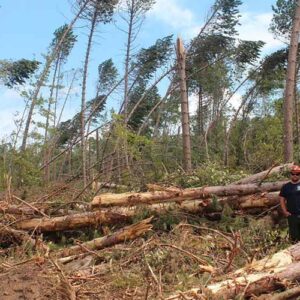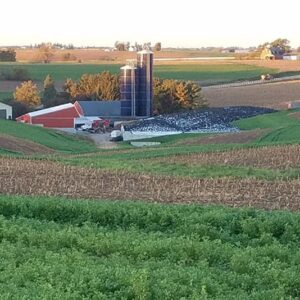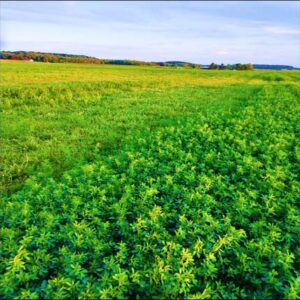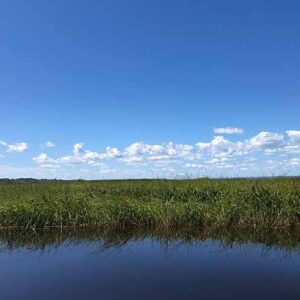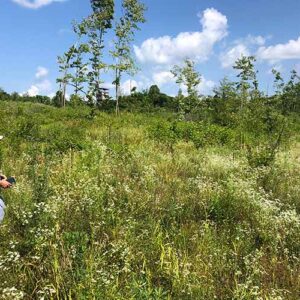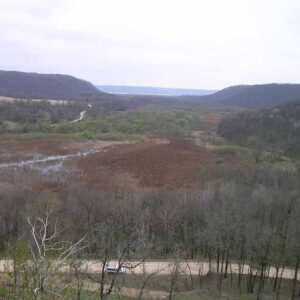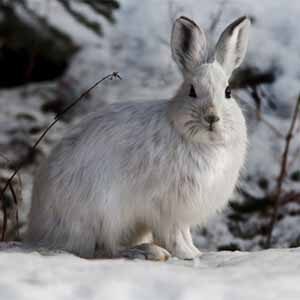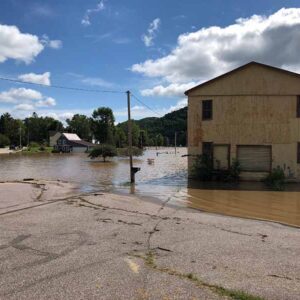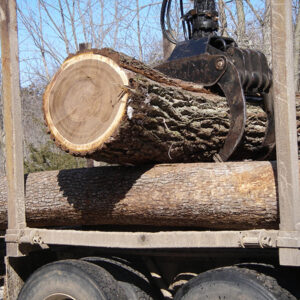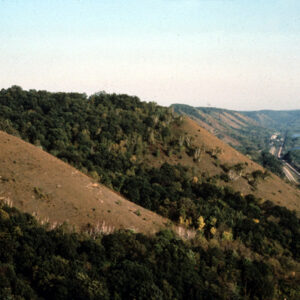Climate Sensitive Land Management Can Help Wisconsin Adjust To A Rapidly Changing Climate
Wisconsin residents and businesses are already feeling the impacts of climate change. Wisconsin is experiencing increases in annual average temperatures of 3 degrees Fahrenheit and is likely to increase an additional 2-8 degrees Fahrenheit by mid-century. This warming trend is bringing increases in the frequency of extreme storm events, leading to more flooding and disruptions to agriculture, forests, plants and natural communities, tourism and other industries. By the end of the century, these storms will probably be nearly twice as frequent throughout Wisconsin.
Summary of the Issues
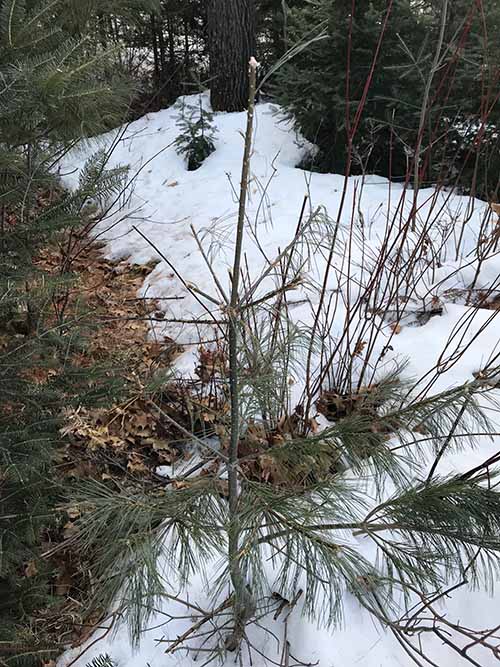
Agriculture
Warmer winters and wetter springs, along with increased extreme rainfall events, have created economic and management hardships for Wisconsin farmers in recent years. Waterlogged soils have delayed planting in the spring and harvesting in the fall. These wet conditions have also harmed water quality due to more nutrient runoff and soil erosion from cropped fields. Extreme heat has decreased milk production and increased water usage.
Forestry
A warming winter climate is stressing Wisconsin’s 17 million acres of forests. It is creating conditions favorable to new pests and diseases. Iconic species like paper birch are vanishing. Logging operations are struggling with storm damaged infrastructure and less frozen ground. Yet, there is hope. Forests are a valuable tool to reduce the impacts of climate change as they sequester carbon in active growth and store carbon in forest soils and living and dead wood. Efforts to use forests as carbon sinks are forming.
Plants and Natural Communities
Even without a changing climate, Wisconsin’s native habitats are being stressed by habitat loss and fragmentation, invasive species, lack of natural or the appropriate conditions for prescribed fire, excessive deer browse, and nutrient runoff. Climate change amplifies these non-climate stressors to the point where once-diverse habitats are simplified, associated wildlife species diminish or disappear, and important ecosystem services, such as fewer wetlands to absorb floodwaters, are lessened. As a result, species extinction rates are accelerating and more species may be added to Wisconsin’s list of threatened and endangered species. Connections between large tracts of land with native plant communities can help species move as the climate changes.
Wildlife
Warmer winters and less snow are stressing iconic Wisconsin species like ruffed grouse and snowshoe hares. New pests and warming waters are stressing common loons. White-tailed deer are benefiting from the changed conditions, but their increasing numbers are impacting forest regeneration and stressing native plant communities.
Helping Wisconsin’s natural communities adapt to climate change can help ensure that treaty rights are maintained for Wisconsin’s tribal communities and provide all residents with access to healthy and resilient public lands.
Key Points
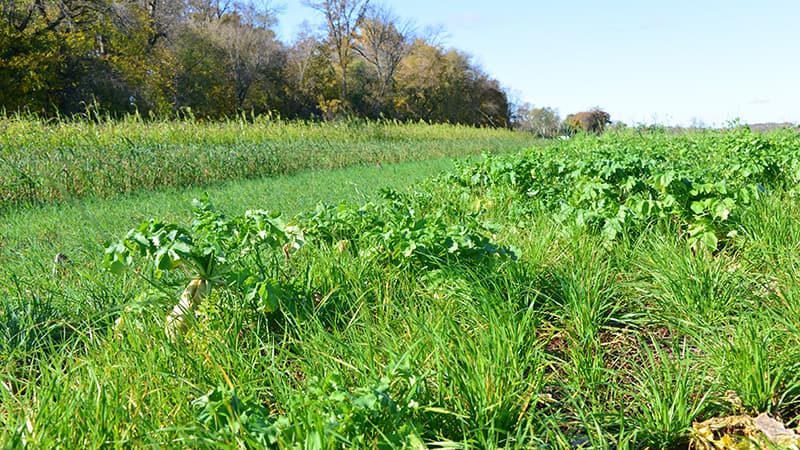
Agriculture Can Mitigate Climate Impacts
Warmer winters, wetter springs, and extreme weather events are making agricultural production in Wisconsin less competitive and overwhelming conservation practices to keep soil in place and protect water quality. A shift towards increasing living cover on farm fields and promoting rotational grazing can reduce greenhouse gas emissions, which have increased by 14.3 percent from 2005 to 2017. Well-managed pastures and farm fields build and retain soil carbon, help communities cope with the increase in extreme rainfall events, and reduce damage to roads, bridges, and other infrastructure.
Forest Ecosystems are Stressed
Warmer winters, increasing deer herds, extreme weather events, summer droughts, and longer growing seasons are stressing forest ecosystems and increasing the risk of outbreaks of new pests and diseases. Iconic species like paper birch are vanishing from northern forests as the climate warms. Forest management, logging, and the forest products supply chain are facing uncertainty, with implications for rural economies.
Habitats are Becoming Less Diverse
Warmer and wetter conditions, extreme storms, summer droughts, milder winters, and longer growing seasons are amplifying non-climate stressors to the point where diverse native habitats are simplified, associated wildlife species are diminishing or disappearing, and species extinction rates are accelerating.
Climate-Vulnerable Species Need Help
Changing growing seasons, summer droughts, reduced snowpack, and increased flooding are reducing critical habitat and food sources for many wildlife species. Many species are shifting ranges and changing migration patterns to adjust to the changes. Climate-vulnerable species need help to adapt to rapidly changing conditions.
Solutions
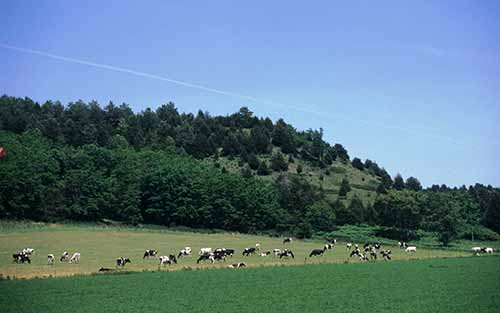
Promote effective conservation practices and adaptations to make agriculture more resilient to climate impacts
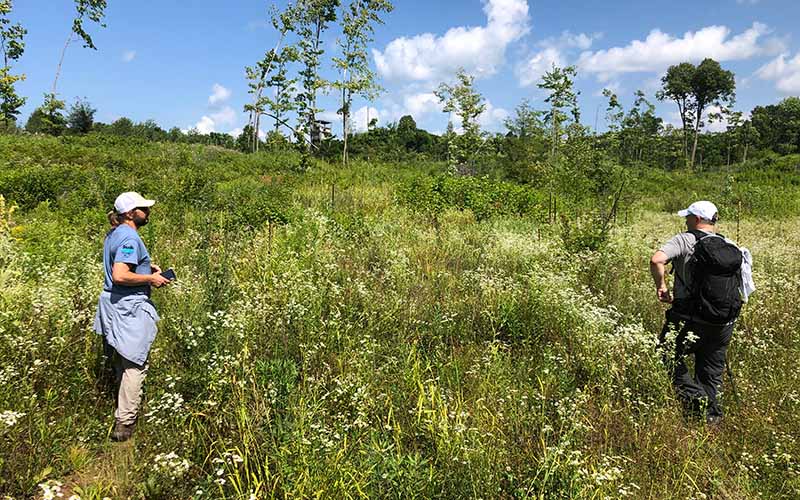
Improve resilience to increasing precipitation and flood events that cause nutrient and sediment runoff by avoiding grassland or natural vegetation conversion to row-crop production or urban development
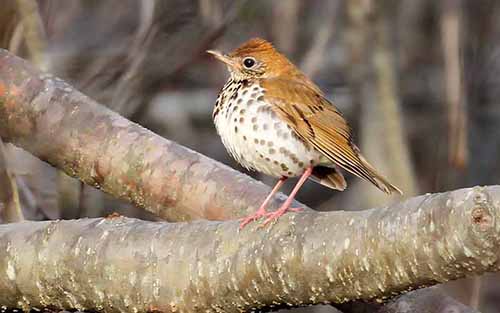
Preserve and protect large tracts of land for wildlife, implement habitat management changes to provide food and cover for wildlife that align with expected future climate conditions and adjust harvest regulations for climate-vulnerable species
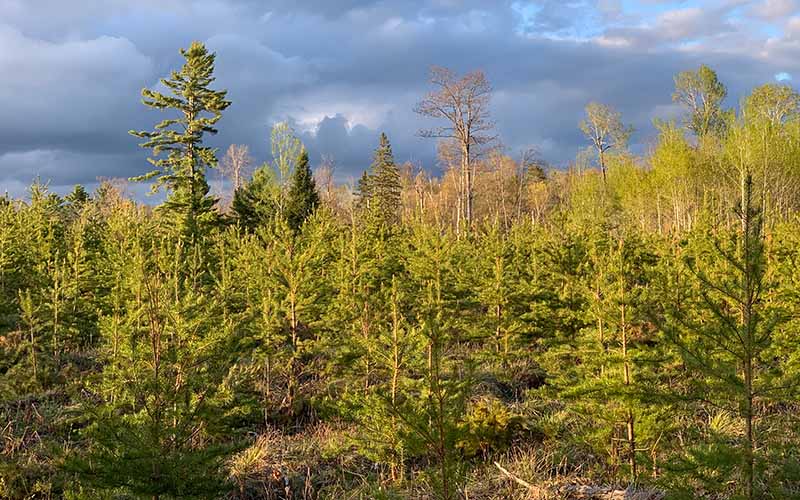
Maintain and expand forest cover and urban tree canopy, targeting lands that offer the greatest potential for continued carbon storage and sequestration

